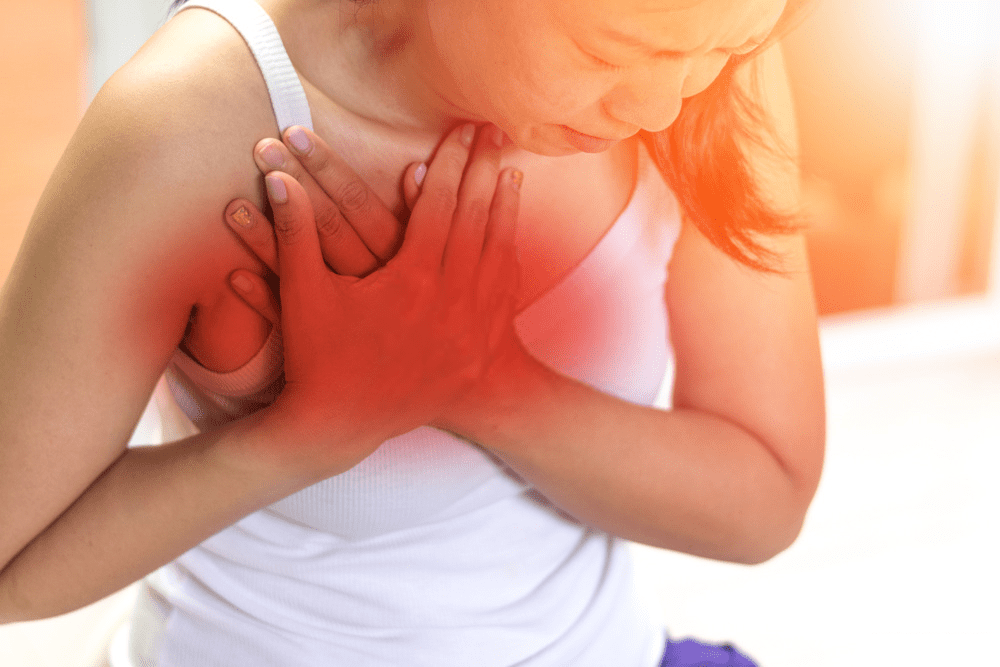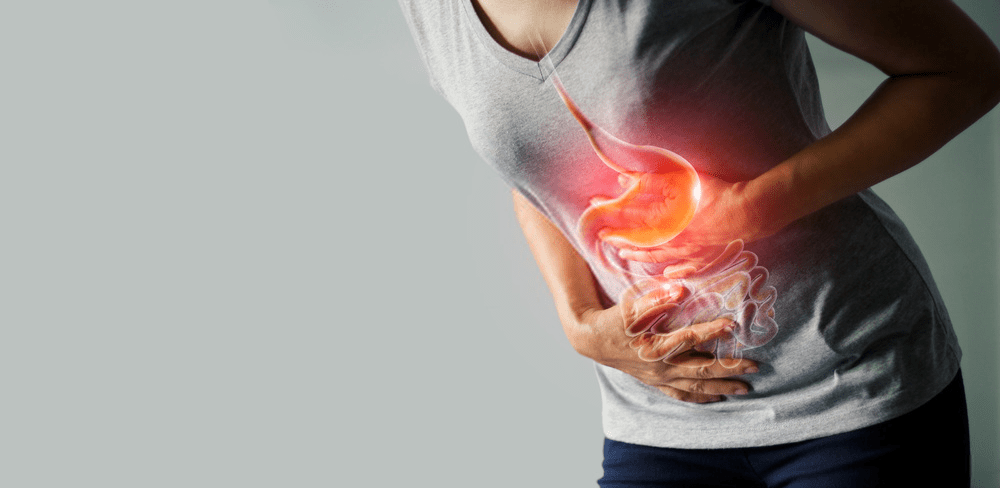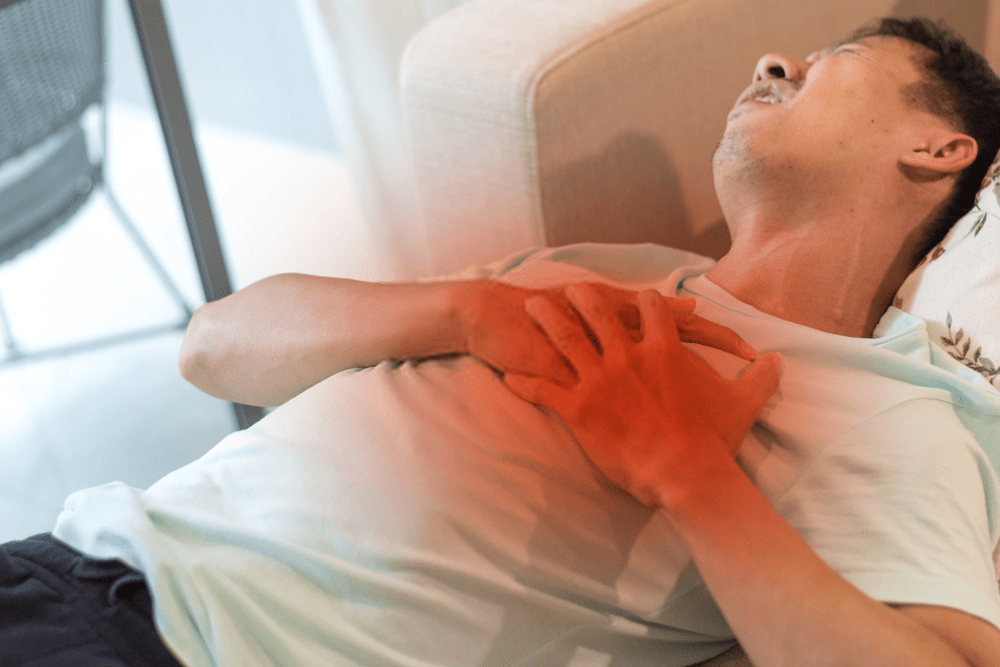Do you know what are the causes of pain in left side under Ribs? The rib’s cage consists of 24 ribs: 12 on the right side and 12 on the left side of the body. It protects the underlying organs. In the left side, there is the heart, left lung, pancreas, spleen, stomach, and left kidney.
If one of these organs is infected, inflamed or injured. It causes pain in the lower part and around the left breast, which may radiate. While your heart is under the left rib’s cage, pain in this area usually does not indicate a heart attack.
Depending on the cause, you may feel stiff, sharp, bored, and injured. In most cases, pain in left side under ribs is caused by a mild treatable condition.
Possible Causes of Pain in Left Side Under Ribs
Costochondritis
Costochondritis is a painful inflammatory condition affecting the cartilage that connects the ribs to the breastbone (sternum). It can be one of the causes of pain left side under ribs. Key characteristics include:
Symptoms:
- Sharp, aching chest pain that worsens with movement or deep breathing
- Tenderness when pressing on the chest wall
- Pain often concentrated on the front of the chest
- Possible swelling around the affected cartilage

Causes:
- Viral respiratory infections
- Physical strain or injury
- Repetitive physical activities
- Chest trauma
- Sometimes no specific cause is identified
Diagnosis:
- Physical examination
- Ruling out more serious cardiac or pulmonary conditions
- Typically diagnosed through symptoms and physical testing
- Chest X-rays or other imaging may be used to exclude other conditions
Treatment:
- Over-the-counter pain relievers
- Anti-inflammatory medications
- Rest and avoiding strenuous activities
- Applying heat or cold to the affected area
- In some cases, physical therapy
Most cases resolve within a few weeks to months. A healthcare professional should evaluate persistent or severe pain to ensure no underlying serious conditions are present.
Pancreatitis
Pancreatitis is a complex medical condition indicated by inflammation of the pancreas, a vital organ responsible for producing digestive enzymes and hormones like insulin. The typically causes intense pain in left side under ribs, often radiating to the back, and can be caused by various factors, including gallstones, excessive alcohol consumption, high triglyceride levels, and certain medications.
When inflammation emerges, patients experience severe symptoms such as acute abdominal pain, nausea, vomiting, fever, and a tender, swollen abdomen. The pain is particularly notable in the left side under ribs, which can be a key diagnostic indicator. There are two primary types of pancreatitis: acute, which is a sudden, short-term inflammation, and chronic, which defines a long-term, persistent inflammatory condition.

Medical diagnosis involves extensive testing, including blood work to check enzyme levels, CT scans, and ultrasounds to visualize the pancreas and surrounding organs. Treatment depends on the severity and underlying cause, ranging from pain management and intravenous fluids to potential hospitalization and surgical intervention in more severe cases.
If left untreated, pancreatitis can lead to serious complications such as organ damage, infection, pancreatic necrosis, and even the development of diabetes. Therefore, prompt medical evaluation and a comprehensive treatment plan are crucial for managing this potentially serious inflammatory condition.
Ruptured Spleen and Splenetic Infarct
A ruptured spleen and splenic infarct are serious medical conditions that typically cause significant pain in left side under ribs. The spleen, located in the upper left of the abdomen, can be damaged through various mechanisms, leading to these potentially life-threatening conditions.
A ruptured spleen occurs when the organ’s protective capsule is torn, causing internal bleeding. Common causes include:
- Traumatic injuries (car accidents, sports impacts)
- Sporting accidents
- Abdominal trauma
- Some medical conditions that weaken the spleen’s structure

Symptoms of a Ruptured Spleen:
- Severe pain in left side under ribs
- Tenderness in the upper left abdomen
- Abdominal swelling
- Lightheadedness
- Rapid heart rate
- Potential shock symptoms
You may also experience lower left chest pain with splenic infarction. Spleen attacks in the heart are rare conditions in which the spinal cord becomes necrotic or “dies.” This happens when the blood quantity is settled, usually due to trauma or arterial blockage. This can be a rare cause of pain in left side under ribs.
Gastritis
Gastritis is an inflammatory condition affecting the stomach’s protective lining and causes pain in left side under ribs. This complex digestive disorder emerges from multiple potential triggers, including bacterial infections like Helicobacter pylori, excessive alcohol consumption, prolonged use of pain-killers, autoimmune disorders, and chronic stress. Patients experiencing gastritis typically report a range of symptoms such as burning abdominal pain, persistent nausea, occasional vomiting, indigestion, and a notable decrease in appetite.
Medical professionals analyse this condition through comprehensive diagnostic procedures including endoscopy, detailed blood tests, and specialized breath tests to identify specific underlying causes. Treatment strategies are multifaceted and personalized, focusing on addressing the root cause through targeted antibiotics, acid-reducing medications, antacids, and significant lifestyle modifications including dietary changes and stress management techniques.
When left untreated, gastritis can potentially progress to more serious complications like stomach ulcers, raised risk of stomach cancer, and chronic digestive system disruptions, underscoring the critical importance of early detection, accurate diagnosis, and appropriate medical intervention for maintaining long-term digestive health and overall well-being.

Causes of Gastritis
- Bacterial or viral infection
- Frequent use of nonsteroidal anti-inflammatory drugs (NSAIDs)
- Alcohol abuse
Kidney Stones or Infection
The kidneys are a portion of the urinary region. They are on both sides of the spine, but when they are swollen or infected, the disease can manifest itself. If the left kidney is affected, you may experience pain in left side under ribs.
Stone rocks are hard like stones, and salt deposits from the stones. They can cause cramping if they leave the rocks and enter the bladder. Kidney stones can not only cause pain in left side under ribs but also:
- You want to urinate with a small cavity
- Bloody or cloudy urine
- Lateral pain is reflected towards the front.
Kidney infections occur when urinary bacteria reach the kidneys. Anything that interferes with urine flow, including kidney stones, can cause a kidney infection. Additional symptoms of kidney infection are:
- Fever
- Nausea
- Threw up
- Pericarditis

Your heart is surrounded by a bag of fluid called the pericardium. Pericarditis refers to inflammation in this case. When it is swollen, it can rub against the heart, causing pain in left side under ribs. The pain can be a dull or painful illness that usually gets worse at bedtime.
The researchers do not know why this happened, but the possible causes are:
- Infections
- Hurt
- Some anticoagulants
- Anticonvulsants
Pleurisy
Pleurisy is a state in which the tissue that includes the lungs is inflamed. It can be caused by bacterial, viral, or fungal pneumonia, malignant tumors, trauma, or pulmonary infarction, usually associated with a blood clot in the lungs.
Pleurisy on the left side can cause pain in left side under Ribs, but the main symptom is acute and chronic strain when breathing. Consult your doctor if you experience severe chest pain when breathing.

Diagnoses
To determine the causes of pain in the left side under ribs, the doctor will perform a physical exam to warn the affected area. They are authorized to detect signs of inflammation or inflammation, mainly due to Costochondritis.
If you think a heart problem causes the condition, your doctor may perform an electrocardiogram to measure the heart’s electrical activity. This helps to rule out serious diseases.
Blood and urine samples can be obtained for analysis. A review of these results may tell the doctor signs of kidney problems, pancreatitis, or gastritis. If your doctor suspects gastritis, you can also take a stool sample or examine the gastric mucosa with an endoscope. An endoscope is a long and flexible tube with a camera at the end inserted through the mouth.
If the cause of chest pain is still unclear, an x-ray, CT scan, or MRI may be necessary. This gives the doctor a better overview of the organs and areas of inflammation that do not appear during the physical exam.

